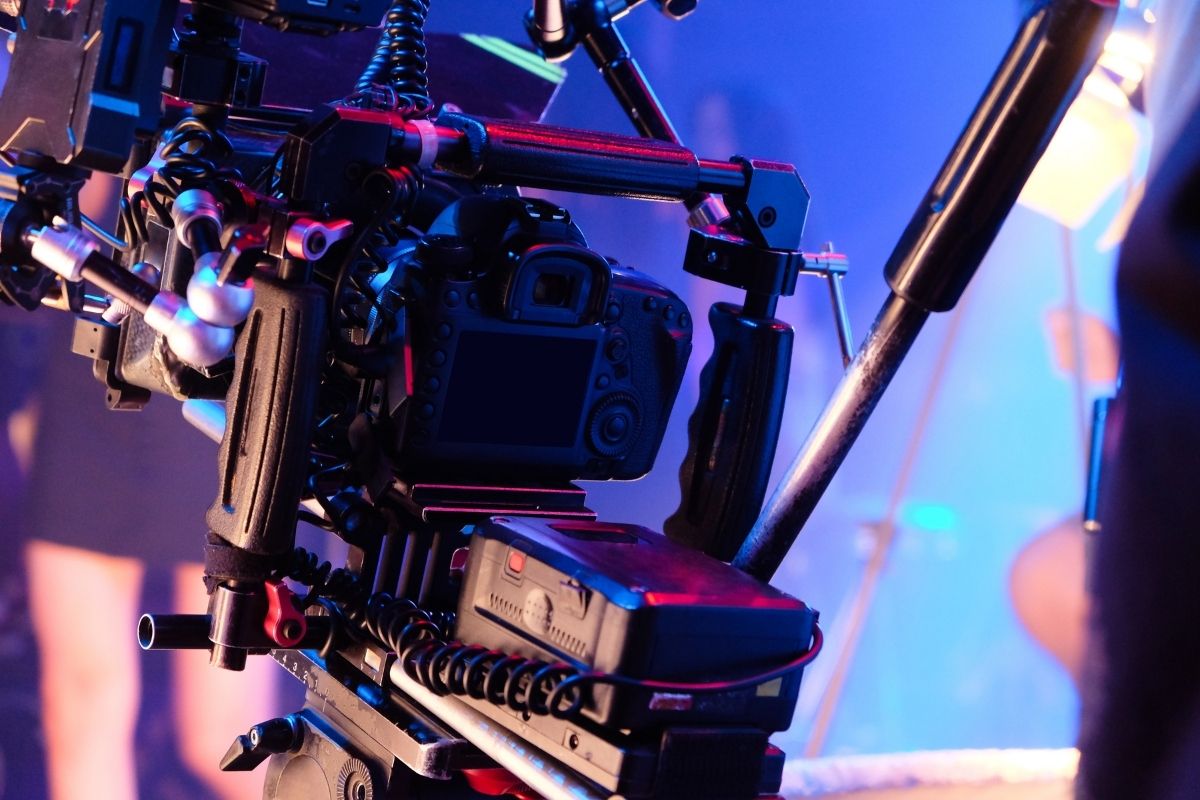From Idea into Production: “Start with Making a Movie”
“People love to make movies. People love to watch movies. But how would you start with making a movie? A lot of my students make movies about some emotional experience that happened to them-the first time they fell in love, the first time they broke up with someone, their parents’ divorce, their parents getting remarried for a second time, them discovering something emotionally about themselves, a big event in someone’s life, which is great for the person that it happened to,” Says Thomas Mangan. “But why do I want to watch a story about someone’s first girlfriend or first boyfriend unless, it somehow relates to me?”
“When I encourage my students to pitch, or when you’re pitching any type of project, you have to have a nice hook. It’s really the telling of a joke. It’s a setup of a story.”
“I’m going to tell you something that happened to me,” Mangan continues. ” I didn’t know it at the time, but my first girlfriend was the princess of Monaco. It just so happened she was at camp. I went there, and I met her there. I didn’t know any of this at the time. To my surprise, when her parents came, they were Prince Rainier and Princess Grace.”
That’s how you tell a story about someone falling in love and make it much bigger but somehow relate it to you as a person. To say, you’re not going to believe what happened to me today. I was riding the subway and so-and-so did this and so-and-so did this. If you remember, the big bank robbery that happened, the guy tried to escape by the subway. That’s where I ran into him. If you take a big event story and then somehow make it personal, that’s where the story has resonance as a pitch.
In the independent world, if you’re going to make your first film, your first film should be one of three films. It should be either a quirky comedy, a real relationship movie, not a romantic comedy, or a horror film, slash, thriller film. If you concentrate on one of those, you have the best ability to break out and connect with audiences.
Most audiences want to go to see a movie that they have a human connection with emotionally. If you go to see a movie that scares you, it’s worth the $10 or $20 you paid for it or $7. If you see a movie that makes you laugh and you laugh at that movie, then you feel that the money’s been well spent.


